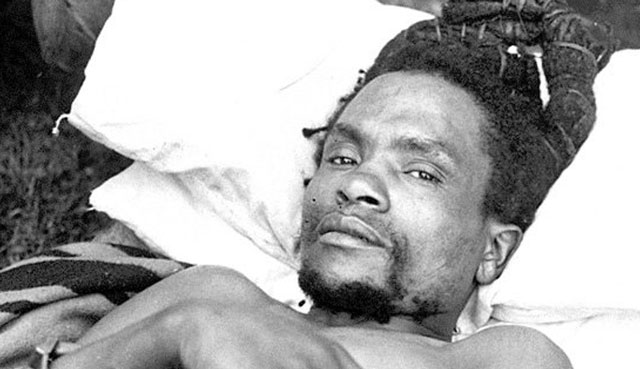
COMMENT | Gertrude Kamya Othieno | Following my article “How Europe Launched a World Rampage from 1492”, I today explore the hidden agendas behind colonialism and imperialism, and the symbolism that supported their expansion. For too long, the British Empire’s “civilising missions” have been glorified, masking the subjugation and control driving these ventures. We must confront these uncomfortable truths to understand their lasting impact on today’s world.
A stark symbol of British colonial dominance is the Order of St Michael and St George, a prestigious award given to officials serving abroad, particularly in the Commonwealth. At first glance, it honours diplomatic service, but its insignia tells another story. It depicts St Michael standing on the neck of a black man, representing the devil. This disturbing image reflects the racial hierarchy underpinning British colonialism. More than just a symbol, it encapsulates the domination of African peoples during Britain’s imperial conquests.
Christianity was used to justify these actions. European missionaries, often the first to enter colonised lands, preached salvation and compassion. However, beneath this moral facade, they were agents of European cultural dominance. “Civilising” non-white populations was a cover for exploitation and control.
Many African societies saw through the deception and resisted. The Zulus in southern Africa, the Mau Mau in Kenya, and the Igbo in Nigeria all fought fiercely against colonial rule. Their resistance was met with brutal repression.
The Mau Mau rebellion, for example, was crushed by the British using detention, torture, and mass killings. Violence was not incidental—it was essential to maintaining Empire control.
Even after independence, the full extent of colonial abuse remained hidden.
In Kenya, over 1,500 classified documents detailing British atrocities were removed, concealing the worst aspects of Empire rule. These hidden archives are a reminder that the legacy of colonialism is incomplete, leaving much of history misunderstood.
It is crucial to uncover these stories, not only to correct the record but to address the lasting effects of colonialism on global relations today. Beyond the familiar narrative of the slave trade and Africa’s partition, we must examine the symbols and institutions that upheld racial dominance and still influence the world today.
Britain was not alone in its brutal colonialism. France also left a destructive legacy, using honours like the Légion d’honneur to obscure its violence. In Algeria and Madagascar, French rule was maintained through massacres, mass detentions, and torture. While French honours lacked racial symbols, the violence inflicted on their colonies was just as severe.
As with Britain, France tried to suppress the most damning details of its colonial past. But as these histories emerge, they reveal a systemic effort to dominate and exploit colonised peoples, not isolated incidents of cruelty.
The imagery of the Order of St Michael and St George serves as a stark reminder of the racial ideologies that drove British imperialism. When paired with the brutality of other colonial powers like France, it challenges the histories we’ve been taught. Only by confronting these suppressed truths can we begin healing from the scars of colonialism.
***
 Gertrude Kamya Othieno | Political Sociologist in Social Development (Alumna – London School of Economics/Political Science) | Email – gkothieno@gmail.com
Gertrude Kamya Othieno | Political Sociologist in Social Development (Alumna – London School of Economics/Political Science) | Email – gkothieno@gmail.com
 The Independent Uganda: You get the Truth we Pay the Price
The Independent Uganda: You get the Truth we Pay the Price



